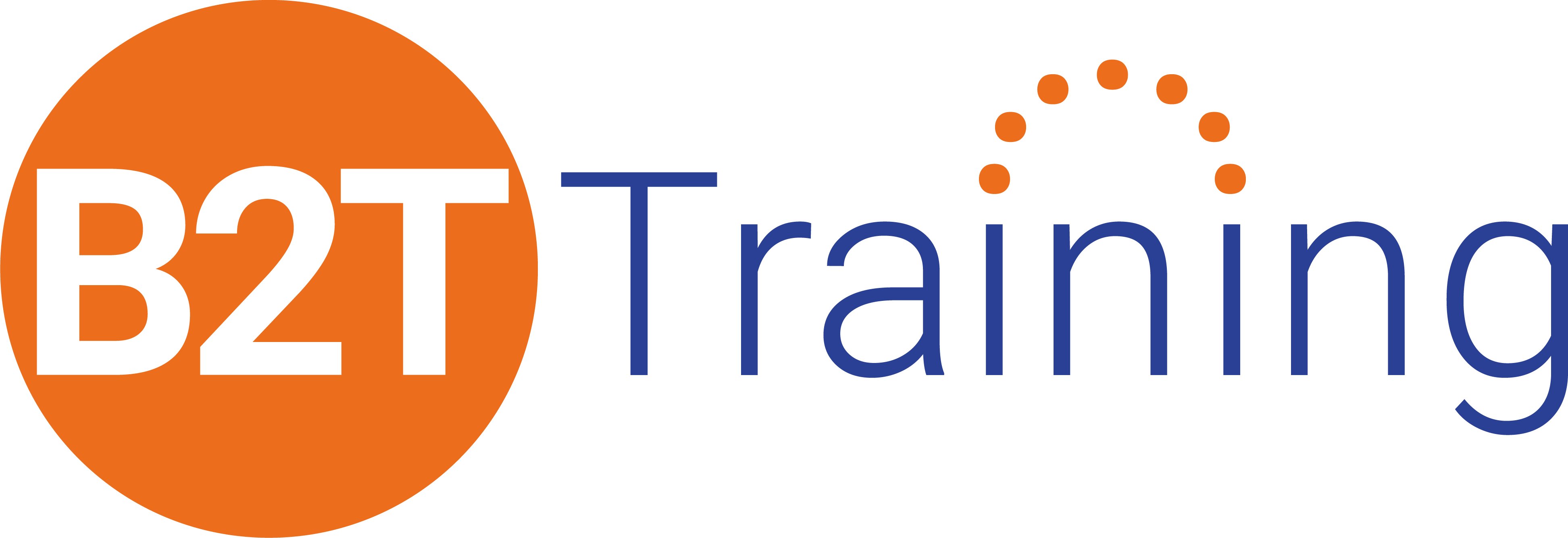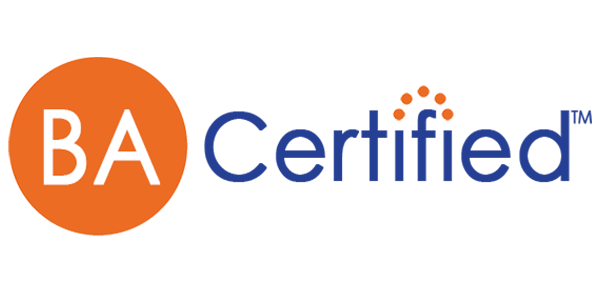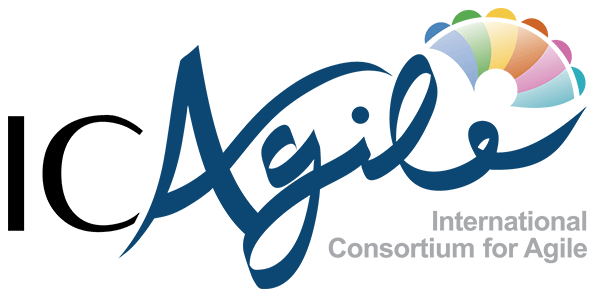My husband and I have been together for more years than I like to admit. We are like two peas in a pod…except when it comes to work. Understanding what in the world his wife does all day is NOT something my husband cares to do. He remains blissfully ignorant to my on-the-job contributions, and considering that we don’t need to collaborate on the things that get done in my office (just the time I spend there) that’s just fine.
But in areas where we DO need to collaborate, he does maintain a reasonable understanding of the things I’m going to do, so that he can do his part and so that, together, it all gets done effectively. For instance, when we’re packing for a trip, we collaborate on getting the suitcases ready. I pack my own, completely, and I pack his, mostly. I’m in charge of packing his clothes, he’s in charge of packing his toiletries. That’s our collaborative model! We know this, we’ve discussed it, and when it’s time to pack, everything finds its way into the suitcase effectively. That wasn’t always the case. More than once I forgot to pack his medicine, so now he’s officially in charge of that.
When someone drops the ball and forgets to get something done, it’s at minimum annoying, and at most painful for those who need that ball appropriately taken care of. In our case, it was clear that I had it and I dropped it — of course, I apologized — but finally, we decided he would pick up this particular task for the long term. It makes more sense that he owns that task since the outcome is so important to him.

Sound familiar?
This probably happens with your colleagues at work now and then too. Everyone has their role (see Whiteboard 1), but occasionally if a task gets dropped, mostly when people get busy, people own right up, apologize, and others offer to help pitch in to get the work done, RIGHT?! Haha, no? That doesn’t happen in your office? Only sometimes?
Hmmm, what happens the rest of the time? Do people get mad? Do they finger point? “Hey look, she dropped the ball…<snark> she’s not doing her job.” Do people claim sometimes that they didn’t even know they were supposed to HAVE the ball? Do they get defensive? “That wasn’t MY ball…I didn’t drop it, it was lying there the whole time. I thought YOU were supposed to have that ball and YOU dropped it!” This collaboration gap happens when people misunderstand each other’s roles. (see Whiteboard 2)

These are preventable situations.
Consider the major-league baseball team: each player at each position knows exactly what their role covers, and what it does not. They know which balls they are expected to grab, and which ones they will expect other players to go after. They know precisely what to do when a ball comes to them, and they know precisely what to do (or not) when it goes to someone else.
With regard to collaboration, ball club members know when they should just watch out, when they have a part in the play, and what special situations call for them to completely step up and “cover the base” for someone else. They know these things because the collaborative model of roles and responsibilities for each position in a ball club are clearly defined, AND there is a shared understanding of each one of them.
This is the special sauce for collaboration: roles are communicated, expectations and handoffs between roles are discussed and each player’s contribution to the desired outcome is known and valued by the others BEFORE the going gets tough.
When was the last time your team had THAT conversation?
Fear not!
You too can enable a wildly productive, engaging and collaborative model for your team. It’s crazy-simple to create a shared understanding of all the different roles and responsibilities on your team or in your department. It takes about an hour of the team’s time to create it, and (unless you have real differences of opinion) perhaps another hour or two to discuss or negotiate some boundaries within it and ensure broad understanding. Defining your collaborative model is invaluable, it’s easy to orchestrate, and it doesn’t take much time. Ready to learn how?
Get the team in a room.
Get the team in a room. Call it a collaboration workshop if you need to put a name on calendar invitations for the time you’ll spend. Set up flip charts around the room. At the top of each flip chart, put the name of each role that’s on the team. Have each person go to the flip chart for their role, and make a list of the core contributions and value that their role provides to the team (see Whiteboard 3).

If there’s more than one person playing a role, they should brainstorm this list together. Once each role has its list of added-value complete, everyone should rotate! Each individual or group (by role) should move over to the next flip chart and perform the next task: read the list of another role’s contributions, appreciate what they have to offer, and then, consider what you know of your own role and create a new list (see Whiteboard 4) using the following questions:
- How can you support and enable the other role’s valuable contributions?
- How can they support and enable your role?
- How will you collaborate?

Each role should capture their collaborative opportunities with the other roles, one flip chart at a time. Go around the room, consider what’s in front of you, then: document what you can give to the other role that will be helpful for them, identify what you need to get from that role to do your own job effectively, and then capture what you think you should be doing together for best effect toward the outcome.
When each role has gone through each flip chart and contributed their thinking, they will arrive back at their own flip-chart. Review! Ask yourself:
- Does anything surprise you?
- Did another role offer contributions that weren’t expected or known?
- Are there things that others would give to or need from your role, that you weren’t aware of?
- Do you find new opportunities for collaboration between roles?
When everyone is finished, you can either gallery-walk the full set of results for the team, or have each role capture and document their contents so they can be distributed and reviewed again using our Team Collaboration Model Template in another team discussion.
Team Collaboration Model Template Download
Use this template as a guide on holding a workshop to develop your team’s collaboration model.
Your follow-up task should be to cement your shared understanding. As a team, you should discuss the results, as well as any scenarios where opinions differ. Perhaps there are overlaps, perhaps there are gaps? Any tasks or responsibilities that more than one role thinks they own? Any that NO ONE seems to own? Resolve the issues and concerns so that collectively, the team is covering everything needed to get to the final outcome – so there will be no “dropped balls”. When you’re finished, you will have it: your Collaboration Model.

Communicate it, share it, discuss it, work it. Succeed together.
All the best!
– Kate
Editor’s Note: This blog post was has been previously published by B2T on our previous website. Due to its popularity, Kate has updated its content to be more comprehensive and accurate for the state of today’s environment.

Kate McGoey
AUTHOR
Kate McGoey is the former Product Development Director for B2T Training. Co-author of the original version of Business Analysis for DummiesTM, Kate has more than 30 years of experience in the IT industry. When not leading initiatives to help her company achieve strategic and tactical objectives, she seeks out opportunities to inspire others and give them “ah-hah!” learning moments. Kate is a talented change leader with a gift for untangling really challenging problems, translating business needs to technology, and connecting those dots that others might miss.




